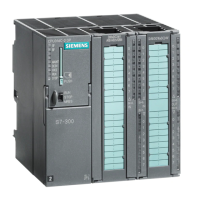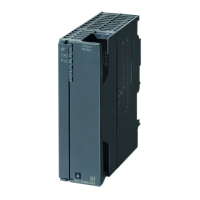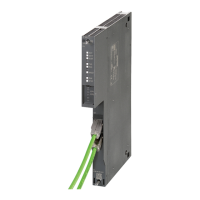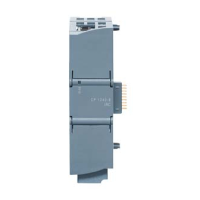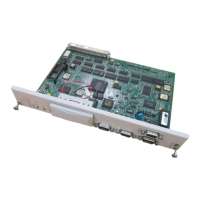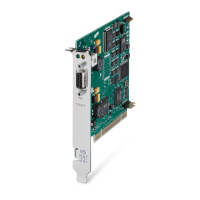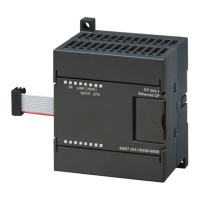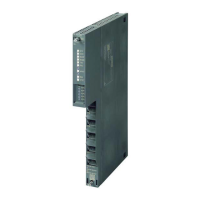Appendix
A.2 Protection against electromagnetic interference
S7-300, CPU 31xC and CPU 31x: Installation
A-4 Operating Instructions, Edition 08/2004, A5E00105492-05
Coupling mechanisms
Depending on the emitting media (line or isolated) and the distance between the interference
source and the device, four different coupling mechanisms can influence the PLC.
Table A-5 Coupling mechanisms
Coupling
mechanisms
Cause Typical interference sources
Electrical coupling Electrical or mechanical coupling
always occurs when two circuits
use one common cable.
• Clocked devices (influence on the
network due to converters and third-
party power supply modules)
• Starting motors
• Potential differences on component
enclosures with common power supply
• Static discharge
Capacitive coupling Capacitive or electrical coupling
occurs between conductors
connected to different potentials.
The coupling effect is
proportional to voltage change
over time.
• Interference coupling due to parallel
routing of signal cables
• Static discharge of the operator
• Contactors
Inductive coupling Inductive or magnetic coupling
occurs between two current
circuit loops. Current flow in
magnetic fields induces
interference voltages. The
coupling effect is proportional to
current change over time.
• Transformers, motors, arc welding
devices
• Power supply cables routed in
parallelism
• Switched cable current
• High-frequency signal cable
• Coils without suppression circuit
Radio frequency
coupling
Radio frequency coupling occurs
when an electromagnetic wave
reaches a conductor system. This
wave coupling induces currents
and voltages.
• Neighboring transmitters (e.g. radio
phones)
• Sparking (spark plugs, collectors of
electrical motors, welding devices)
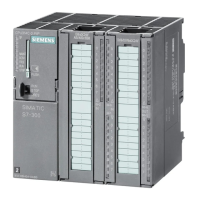
